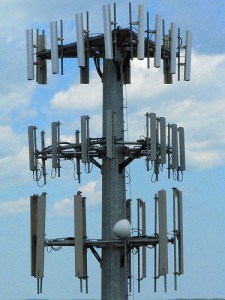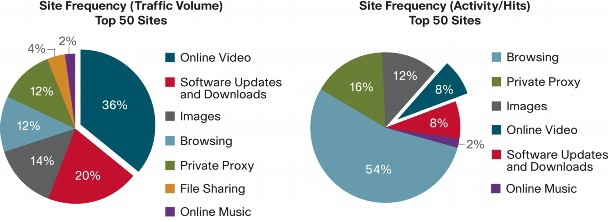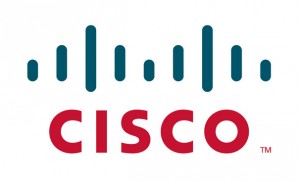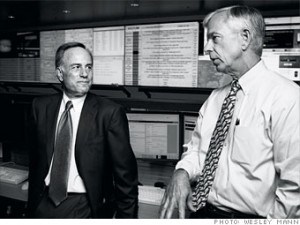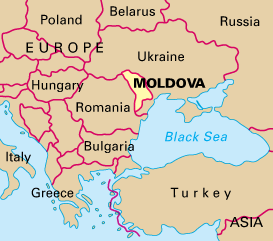 Vinh Pham had enough trying to deal with Comcast’s impenetrable thicket of customer service confusion trying to get his broadband service from the cable company up and running again after it suddenly stopped working this past March.
Vinh Pham had enough trying to deal with Comcast’s impenetrable thicket of customer service confusion trying to get his broadband service from the cable company up and running again after it suddenly stopped working this past March.
I called Comcast and they gave me a really hard time. I was trying to figure out why my Internet was down, and they told me that I did not have Internet. They said my account only has TV, and that’s all I am being charged for.
This annoyed me because I ordered Internet + TV on a promotion price, not just TV, and I had called them to fix this mix up before.
The guy on the phone kept insisting that I was wrong and that I needed to upgrade to the “Triple Play” for $120. That annoyed me even more. I do not want your freaking Triple Play. Who the hell still uses landlines, let alone buy landlines through their cable company. Stop trying to sell me [something] I don’t want.
According to Pham, the Comcast representative accused him of stealing Internet service, which was the last straw for the California customer. He asked to cancel all of his services. Pham repeated his story to a customer retention agent and offered to share a copy of the Comcast technician’s installation work order, which showed he ordered and received Xfinity broadband service.
Evidently, Comcast did not correctly provision Pham’s account with the promotion he signed up for, and miles of red tape ensued trying to get his account updated accurately. Each time the changes did not “take,” Pham’s Internet service would eventually stop working.
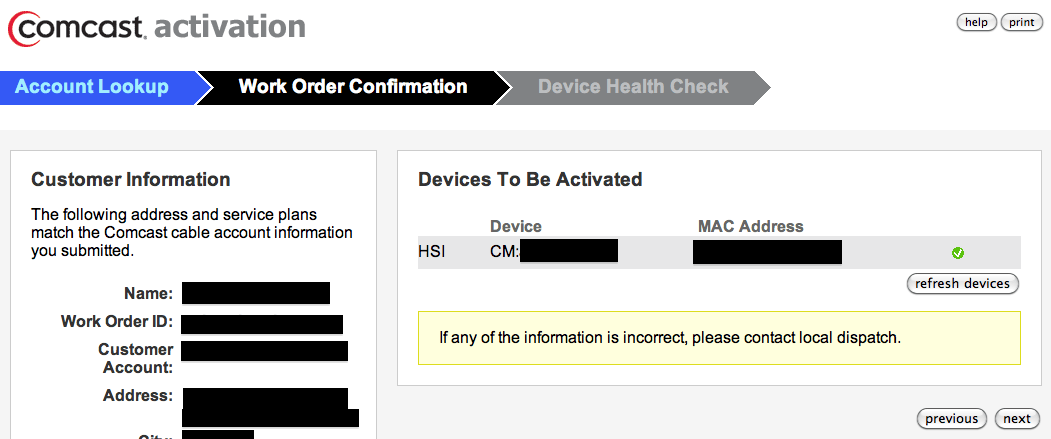
Customers using Pham's technique need to have a work order ID and account number to activate service
Pham then discovered Comcast customers could activate Xfinity broadband service themselves because the cable company provided open access to a web page intended for technicians installing service. Pham simply entered his account number, the work order number from his receipt, and the MAC address on his cable modem, and his broadband service was back without navigating argumentative customer service agents.
Pham shared his find on his personal blog, walking existing Comcast customers step-by-step through the process he followed.
Now, months after the article was published, Comcast contacted the company that hosts Pham’s blog and demanded the entire blog be censored, accusing Pham of telling people how to steal Internet service.
Admittedly, Pham’s use of the phrase “free Comcast Internet” probably did not help, but a review of his technique makes it impossible for non-paying customers to simply activate service for nothing — a customer account number and work order number are required, and presumably Comcast won’t simply accept made-up numbers.
More importantly, Comcast’s efforts to censor one of their customers calls the cable company out for its “shoot customers first, ask questions later” policies.
It’s further evidence the cable giant cannot be trusted when it claims it will observe voluntary Net Neutrality protections against censoring Internet content.
The blowback from Comcast’s actions have provided the company a lesson in “the Streisand effect,” where companies trying to remove information from the Internet only draw bigger attention to the information they are desperate to remove. Comcast’s censorship efforts have been made futile by hundreds of Internet users who learned of the company’s efforts. They have republished the information from Pham’s blog, which currently remains intact. Had the company simply (and quietly) password-protected their technician portal, nobody would have given it a second thought. Now Comcast is in a bigger PR mess than they started with.
When cable giants like Comcast trample all over free speech (and their paying customers), it teaches a valuable lesson why giving them a chance to grow even larger through a merger with NBC-Universal is a dangerous mistake.
<
p style=”text-align: center;”>


 Subscribe
Subscribe


